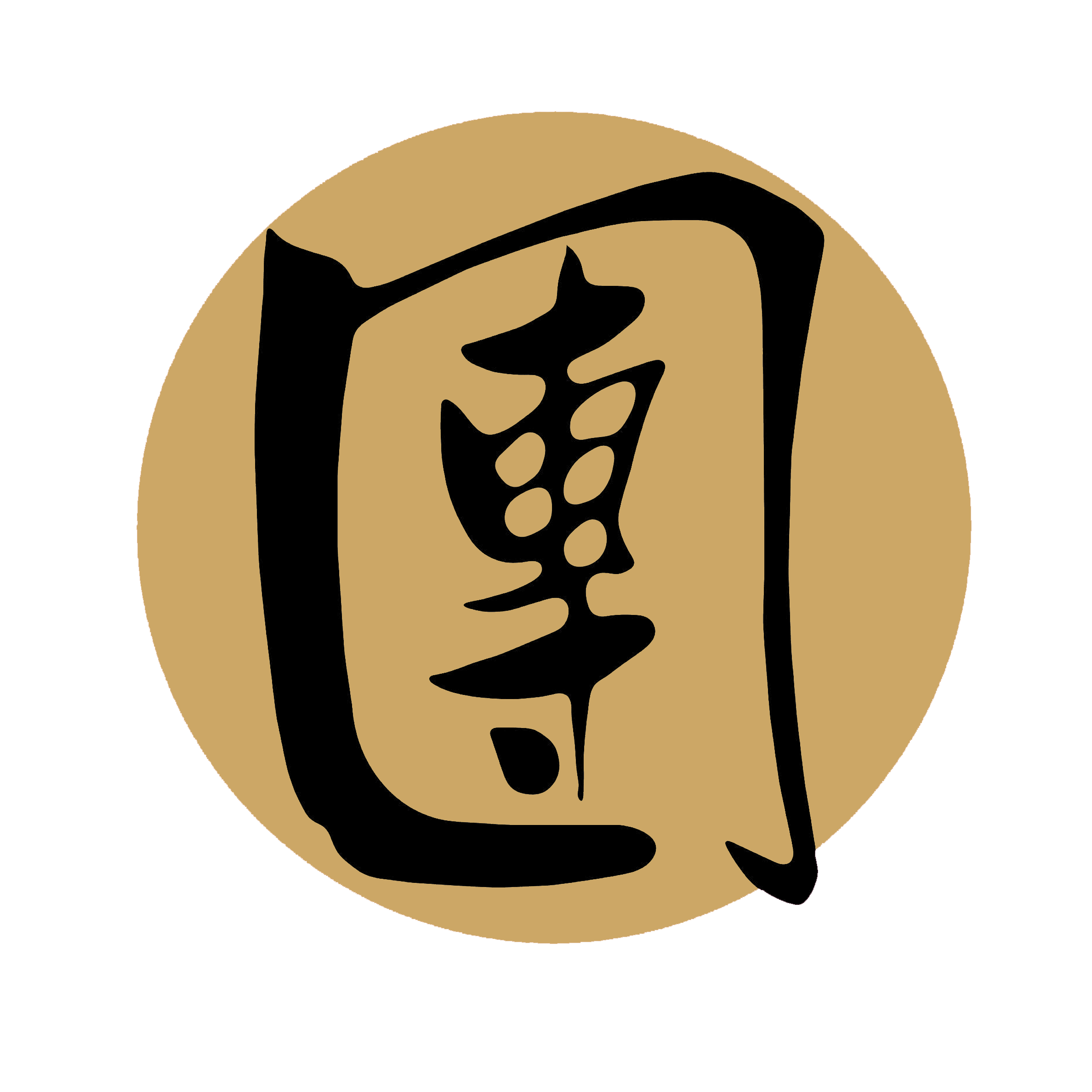49. Lah-sau: Choy Li Fut Kung Fu Technique
Lah-Sau, also known as the Grabbing Inward Hand, is a fundamental technique in various martial arts styles.
It is a versatile move that allows practitioners to control and manipulate their opponent's limbs effectively. In this article, we will explore the intricacies of Lah-Sau, its practical applications, and the training methods used to master this essential technique.
The essence of Lah-Sau lies in its ability to seize and control an opponent's attacking limb. It involves using a swift and precise hand motion to intercept the incoming strike or grab, redirecting its force inward towards the practitioner's centerline.
This inward redirection creates an opportunity for the practitioner to neutralize the threat, launch a counterattack, or initiate a grappling maneuver. One of the key principles of Lah-Sau is timing and sensitivity. Practitioners train to develop acute awareness and responsiveness to their opponent's movements. By carefully observing and anticipating the opponent's actions, practitioners can execute Lah-Sau at the precise moment to catch the attacking limb and seize control.
This requires a combination of quick reflexes, keen observation, and the ability to read the opponent's intentions. Training in Lah-Sau involves both solo practice and partner drills. Solo practice typically focuses on refining the technique's mechanics, hand positioning, and coordination. Practitioners repetitively perform Lah-Sau movements, paying close attention to their body alignment, hand speed, and accuracy.
This solo training allows practitioners to develop muscle memory and familiarity with the technique. Partner drills are essential for applying Lah-Sau in realistic combat scenarios. Practitioners work with training partners to simulate attacks and practice the precise timing and execution of Lah-Sau. The goal is to intercept and control the opponent's limb swiftly and effectively, neutralizing their attack while maintaining balance and stability.
These partner drills also enhance sensitivity and adaptability as practitioners learn to respond to different types of strikes, grabs, and angles. The applications of Lah-Sau are diverse and extend beyond defensive maneuvers. Once an opponent's limb is controlled, practitioners can use Lah-Sau to manipulate their balance, disrupt their structure, or execute joint locks and takedowns. It is a valuable tool for close-quarters combat and grappling situations, allowing practitioners to control the flow of the fight and dictate the outcome.
Beyond its practical applications, Lah-Sau cultivates essential qualities in martial artists. It fosters focus, precision, and the ability to seize opportunities. Practitioners learn to remain calm and composed in the face of an attack, waiting for the opportune moment to execute Lah-Sau. It also develops sensitivity and adaptability, as practitioners must adjust their techniques based on the opponent's movements and intentions. Furthermore, Lah-Sau embodies deeper philosophical concepts found in martial arts. It emphasizes the principle of using minimal force to achieve maximum effect, reflecting the idea of efficiency and economy of motion.
By redirecting and controlling an opponent's force, practitioners embody the concept of harmony and balance, reflecting the harmony of yin and yang. In conclusion, Lah-Sau, the Grabbing Inward Hand technique, is a vital component of martial arts. Its ability to seize and control an opponent's limb offers practitioners a strategic advantage in combat. Through dedicated training and practice, martial artists can master the precise timing, accuracy, and sensitivity required for effective Lah-Sau execution, enhancing their defensive capabilities and embodying the principles of martial arts philosophy.
